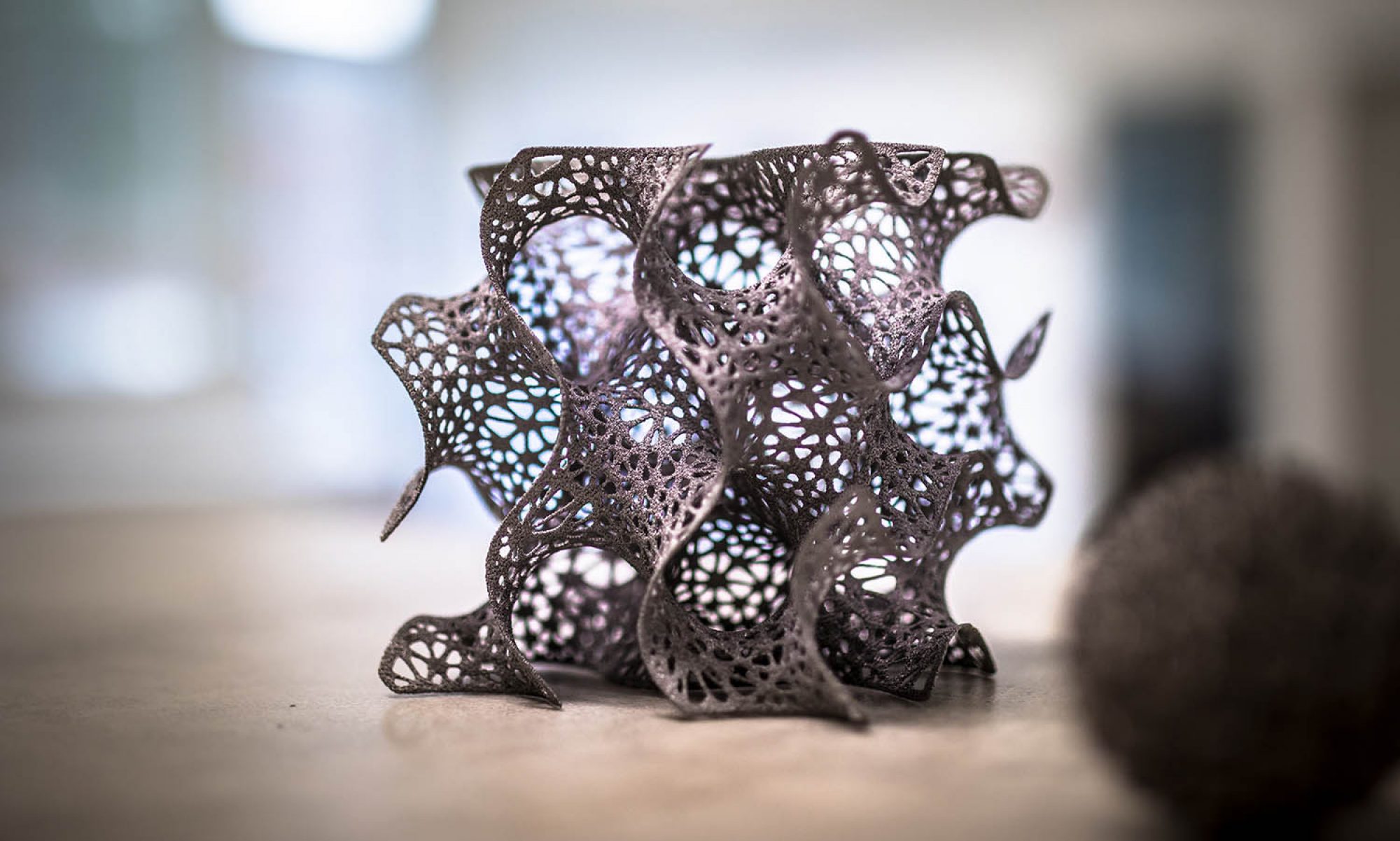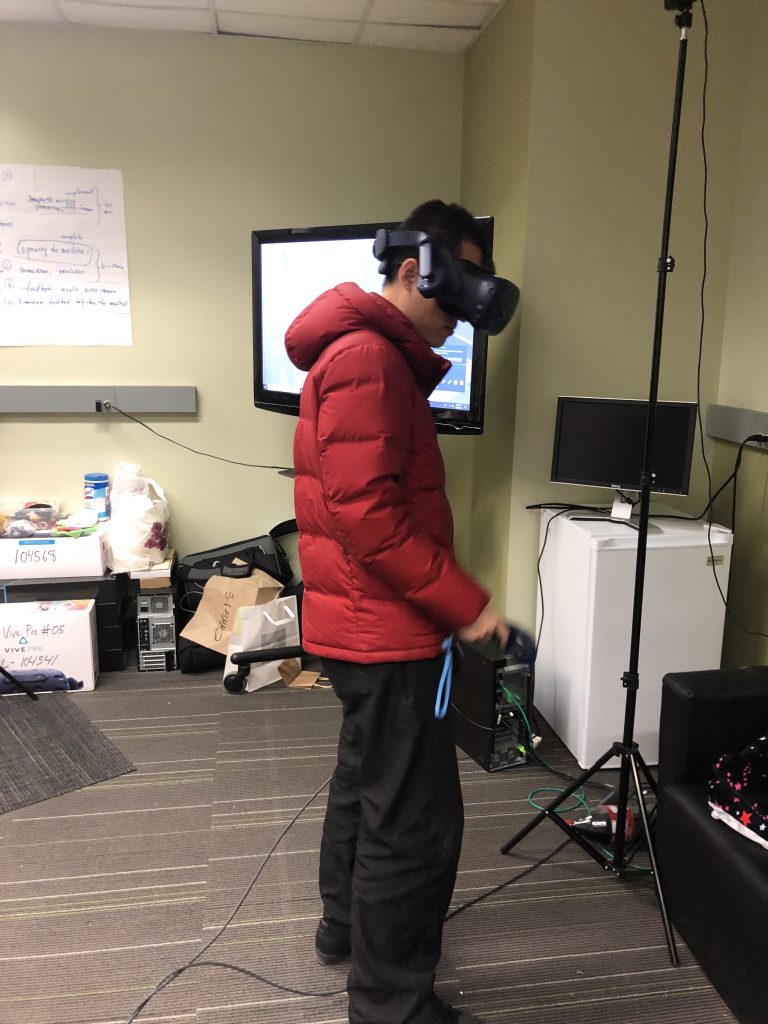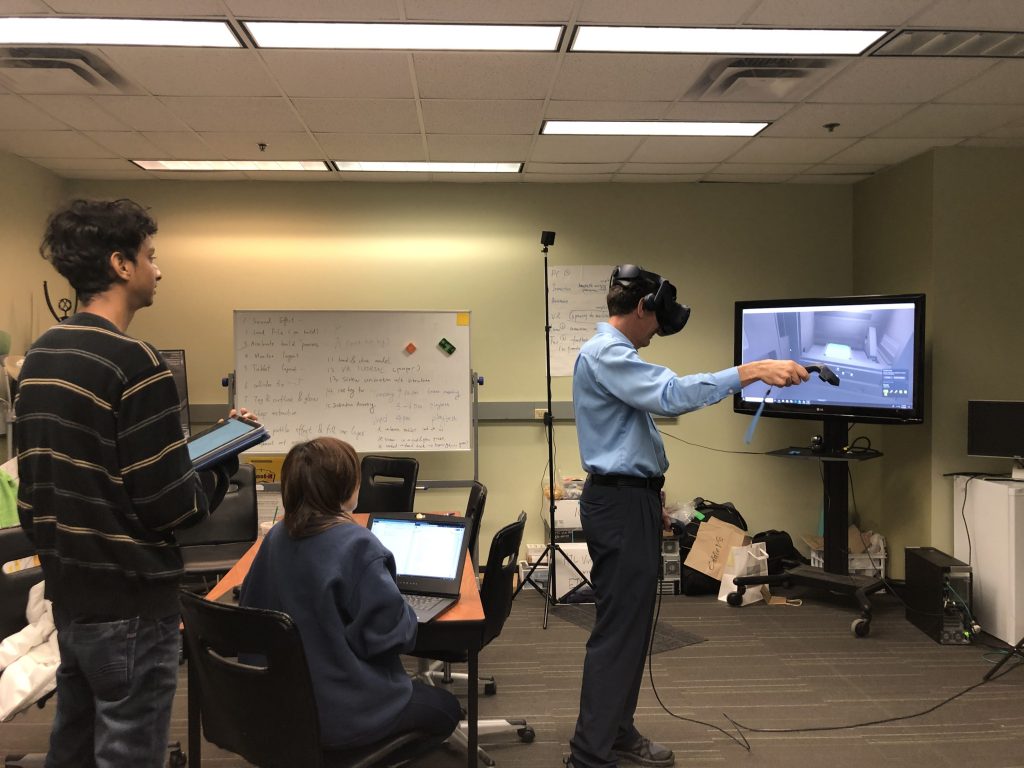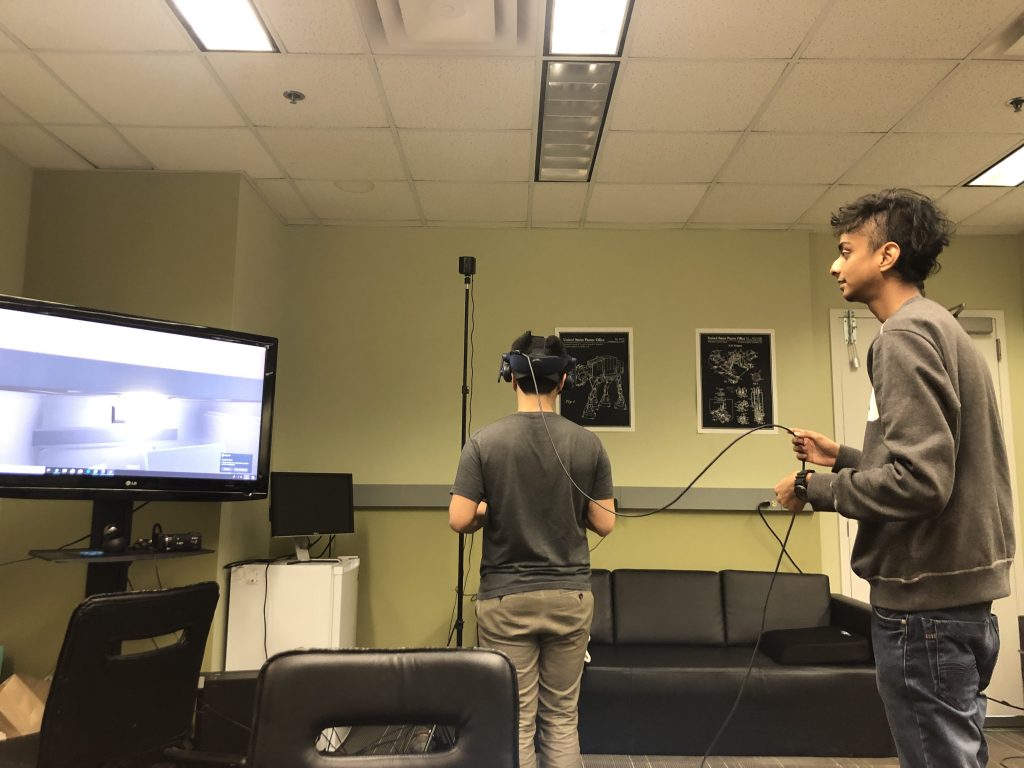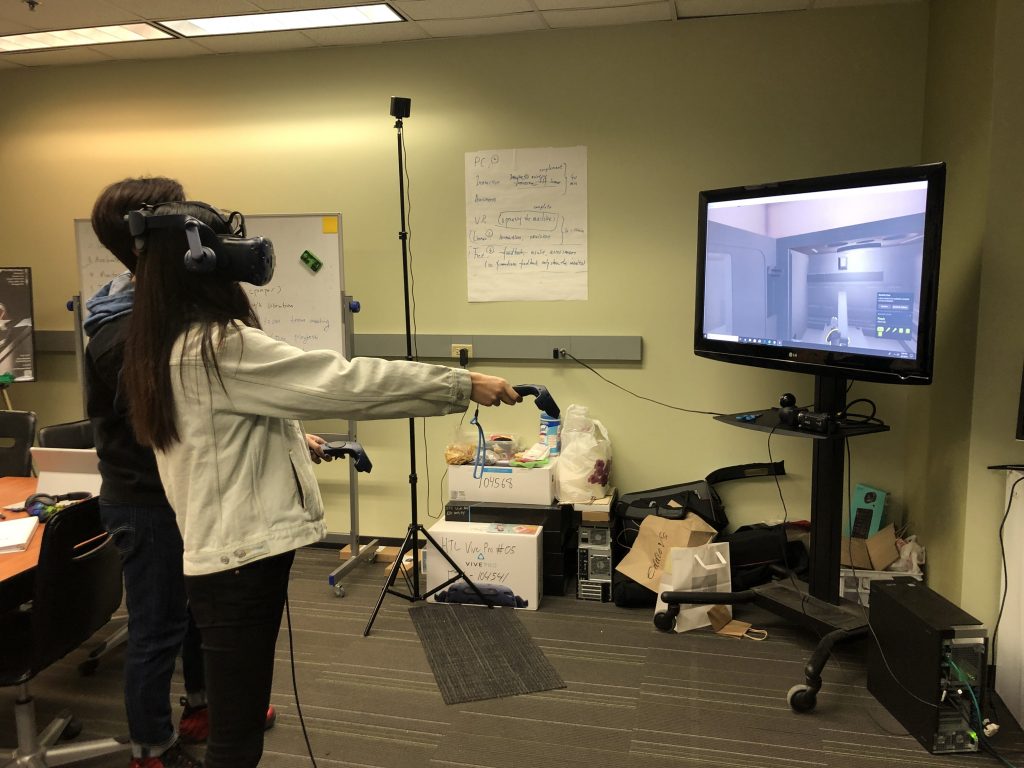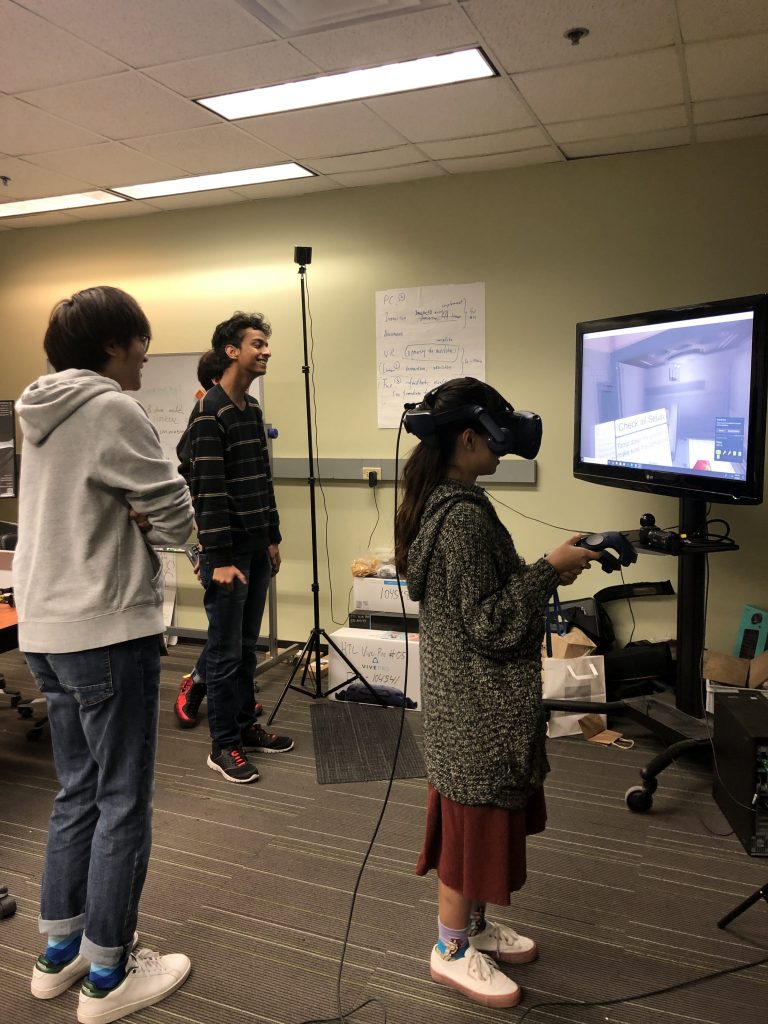It is only one week left before the soft opening. We are wrapping up our deliverables for the soft opening. Our project consists of two components: the PC version and the VR version.
In the PC version, there are only 4 steps need us for the Unity Interactions. Because we need to build up our Unity interactions based on the website framework done by HCII, we could only finish 2 steps out of 4 before the soft opening. However, we will make sure that we will deliver a complete product by the end of the semester.
Here is a peak of our PC demo for the first 2 steps:
Our artist has finished adding the textures of the machine and some interactable items. The programmers have implemented the new textures and let’s take a look:
We also fixed a few bugs but there is no time for a big change or implement new features for the VR version. We are ready for the soft opening.
After the soft, we will modify our prototype based on faculty’s feedback. We will also finish the PC version and start writing documentation before the final delivery day.
